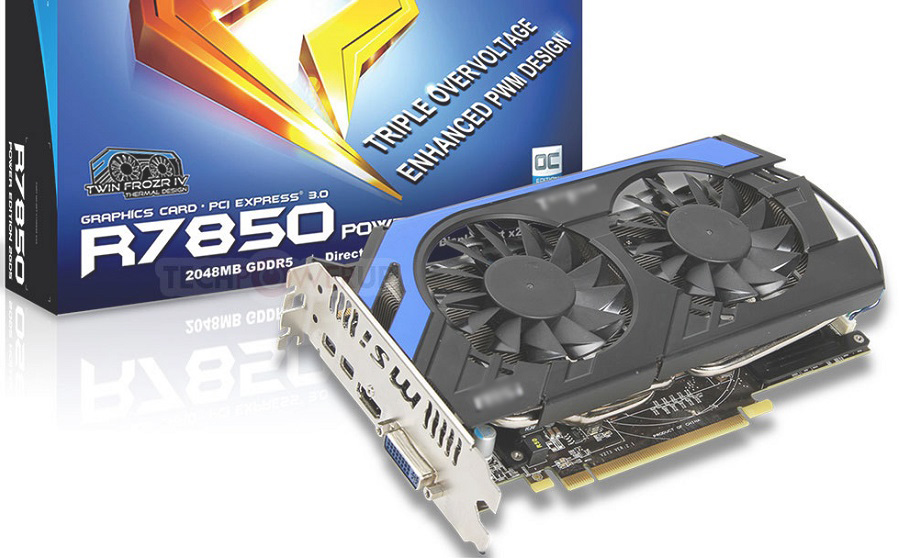As technology continues to evolve at a rapid pace, many users find themselves struggling to keep up with the latest hardware advancements. If you’re someone who wants to get the most out of their aging GPU, overclocking might be the solution you’re looking for. By tweaking the clock speed and voltage of your graphics card, you can potentially gain a significant performance boost without having to purchase a new one.
In this article, we’ll explore how to overclock your old GPU and increase its performance. We’ll also discuss the benefits and limitations of overclocking, as well as some important safety precautions you should keep in mind.
What is Overclocking?
Overclocking refers to the process of increasing the clock speed of your GPU beyond its factory settings. The clock speed determines how fast the GPU can process information, and a higher clock speed can lead to faster rendering times and better gaming performance. However, overclocking also requires increasing the voltage to provide the necessary power to support the higher clock speed.
Benefits of Overclocking an Old GPU
Overclocking can provide several benefits to users with old GPUs. By increasing the clock speed and voltage, you can improve the overall performance of your graphics card and reduce lag during demanding tasks like gaming or video editing. Overclocking can also extend the lifespan of an old GPU, allowing you to delay the purchase of a new one.
Limitations of Overclocking
Overclocking comes with some inherent limitations, however. First and foremost, overclocking can increase the temperature of your GPU, which can lead to stability issues or even hardware failure if you’re not careful. Additionally, not all GPUs are created equal, and some models may not be able to handle overclocking at all. Finally, overclocking can also void the warranty on your GPU, so it’s important to understand the risks before proceeding.
Preparing to Overclock Your GPU
Before you start overclocking your GPU, it’s essential to take some necessary precautions to ensure your safety and prevent damage to your system. Here are some steps you should take:
- Update your drivers: Make sure your GPU drivers are up to date, as outdated drivers can cause stability issues.
- Monitor your temperature: Use a program like MSI Afterburner to monitor your GPU’s temperature while overclocking. Keep an eye on the temperature and make sure it doesn’t exceed safe levels.
- Prepare for failure: Overclocking can cause stability issues, so be prepared for potential crashes or system failures. Make sure to back up any important data before proceeding.
- Start slowly: Overclocking should be a gradual process. Start by increasing the clock speed by small increments and testing for stability before proceeding further.
How to Overclock Your Old GPU
Now that you’re ready to overclock your GPU, here are the steps you should follow:
- Download an overclocking tool: There are several overclocking tools available, including MSI Afterburner, EVGA Precision X, and ASUS GPU Tweak. Choose one that’s compatible with your GPU and download it.
- Increase the clock speed: Open the overclocking tool and increase the clock speed by small increments (10-20 MHz) until you notice a performance improvement.
- Test for stability: Run a benchmarking tool like Unigine Heaven or 3DMark to test for stability. If your system crashes or freezes during the test, decrease the clock speed and try again.
- Increase the voltage: If your GPU is still stable after increasing the clock speed, you can try increasing the voltage to provide additional power. However, be cautious as increasing voltage can lead to higher temperatures and potentially damage your GPU.
Monitor your temperature: Keep an eye on your GPU’s temperature while overclocking.

